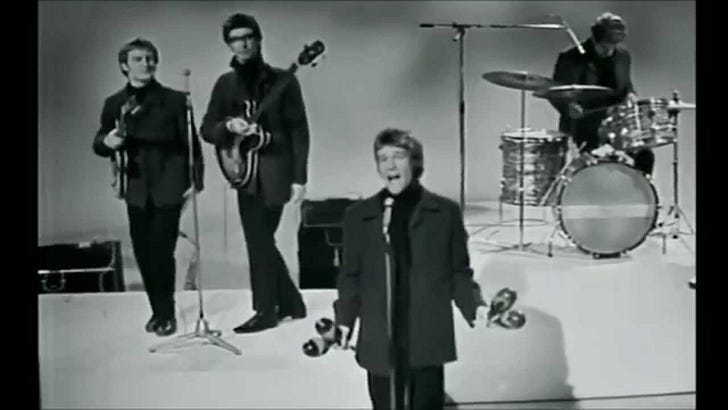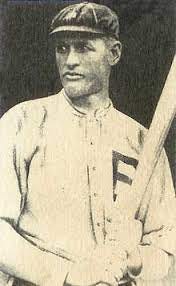Welcome to baseball. Please find your assigned seat for an on-time departure.
The joystick drivers of the game decreed Friday, to no one’s surprise, that the defensive shift will be prohibited or at least severely limited, in 2023. Two infielders must line up on each side of second base from now on.
Imagine telling Bill Belichick that he can’t order a double-team on receiver Davante Adams, or telling Jon Cooper that the Tampa Bay Lightning can no longer build a five-man house in front of goalie Andrei Vasilevskiy.
Imagine another set of handcuffs on the wrists of baseball managers who already are forced to use their relievers for three batters apiece, and have been increasingly neutered by front-office folks who try to dictate their batting orders.
Don’t misunderstand. The shifts needed to go, or at least needed severe curtailment. But the process should have been organic, not through executive order. Nobody knows how to hit ‘em where they ain’t anymore, and few feel like trying. George Brett has said he would have hit .600 against an empty left side, and Tony Gwynn might have had 5,000 hits. Instead, hitters are turning down the invitation to poke a ground ball past third base for an automatic double, or to lay down (horrors) a bunt that would freeze all the defenders in mid-scratch.
The shifts are blamed for disappearing batting averages. The composite MLB average is .243, tied for fifth-worst in history. The slugging percentage is below .400 for the first time since 2014. And you can’t blame it on the lure of the launch angle. Home runs have plunged from 1.22 per team per game last year to 1.07, again an eight-year low.
But is it really just the shift? Why doesn’t it neutralize lefthand hitters like Freddie Freeman (172 hits, 44 doubles, .908 OPS), Luis Arraez (147 hits, 40 strikeouts in 520 plate appearances) or Andres Gimenez (.305 average)? Those who prize analytics have scoffed at batting average anyway. Now it seems that Somebody Up There actually misses the sound of hoofbeats on the bases.
There are other factors. Whether you’re talking velocity or spin, pitching is awfully good right now, and bullpens are full of nitroglycerin that hitters might only see once a series. Hitters haven’t caught up, which is strange since you can spend all day in the cage but not in a throwing session.
But then hitters are being shuffled up to the big leagues quicker than ever. Some, like Adley Rutschman (29 doubles in 89 games) are able to handle it. Most, like Spencer Torkelson (.197 average, .594 OPS) are not. Both Rutschman and Torkelson were first-overall picks from Pac-12 powers (Oregon State and Arizona State).
Beyond all that, the shift was a legitimate strategem that is now being removed from the game because people thought it worked too well. It was popularized by Joe Maddon and the Tampa Bay Rays, who went to the 2008 World Series and were proud of their ability to position themselves in front of line drives.
But it’s hardly new. Cy Williams (pictured) was a lefty hitter who said he couldn’t hit a ball to leftfield “if my life depended on it.” He led the N.L. in home runs four times and was the alltime leader with 251 when he retired after the 1930 season. In the 20s, when Williams played in Philadelphia, suddenly he saw second basemen camping in right-field and right-fielders hugging the foul line. His numbers didn’t vary significantly.
The shifts that Cleveland manager Lou Boudreau trotted out to stop Ted Williams were more radical. Six fielders would stand to the right of second base. Williams butted his head against that wall for a while, but some advice from Paul Waner convinced him to use the wide open spaces to his favor. The shifts against Williams, as futile as a ditch deployed against a tornado, were so famous that Beckett put out a baseball card just to illustrate them.
If you want to see a millionaire’s face turn into a volcano, watch a starting pitcher react when a regular-issue 6-to-3 ground ball goes through the unmanned shortstop hole. In 2015, the Mets even used the shift against the Dodgers to win a Division Series Game 5. Daniel Murphy was on first base when Lucas Duda walked. He noticed no Dodger was guarding third base, so he ran and captured it. Then he was able to score on a grounder on Travis d’Arnaud’s sacrifice fly. That tied the game, 2-2, and Murphy later sent the Mets into the next round with a game-winning homer.
And the shift’s finest moment might have come in 2013, when the Red Sox were holding a simulated game as they awaited the World Series. David Ortiz, a favorite target of the shift, came up. Immediately his teammates moved into shift position, and Big Papi just shook his head and laughed.
The argument isn’t that the shift is good for the game, or that it doesn’t create some bizarre situations. The argument is that it’s an arrow in a manager’s quiver, and when it is removed, it weakens his role.
The other argument, of course, is that offense is automatically good for the game. As we will probably see during the postseason, when Jacob deGrom duels with Julio Urias or Justin Verlander matches up with Gerrit Cole, a 2-1 game is actually better for the brain and the soul, if not for the fingernails.
The Lords did bow to logic, and data, when they ratified the pitch clock for 2023. All minor leagues have used it this year and their games magically take 26 fewer minutes to complete.
One had hoped that the added brevity would convince MLB to ditch the ghost runner experiment in extra innings, also known as the Manfred Man, but it hasn’t been mentioned. It might be more palatable if the runner started at first base instead of second, which would allow the defense to weigh in with the threat of a double play. Instead baseball has its own little shootout, another cheap thrill.
And here’s some possible theme music for the next appearance of the Manfred Man:
Little moments like this can sustain us, during baseball’s governmental overreach.
(30)





Great points all. I think one could argue that banning the shift, though nothing but a cheap fix, is unavoidable given that it’s futile to expect baseball to develop hitters with the discipline to defeat it. But the ghost runner is a travesty.
Doo Wah Diddy, indeed. Good job, Whick.